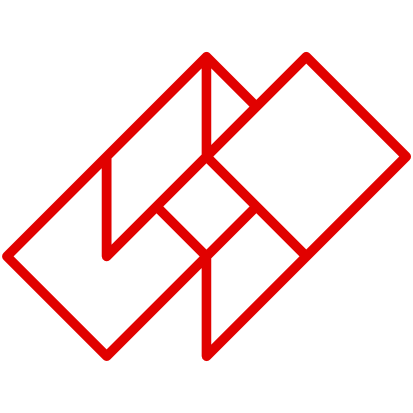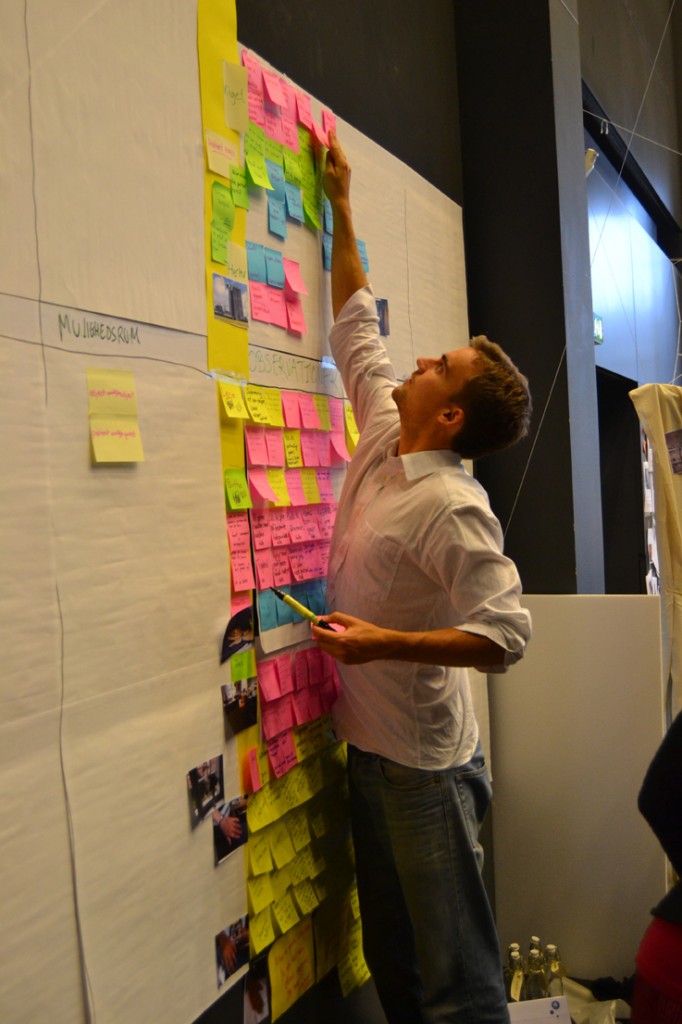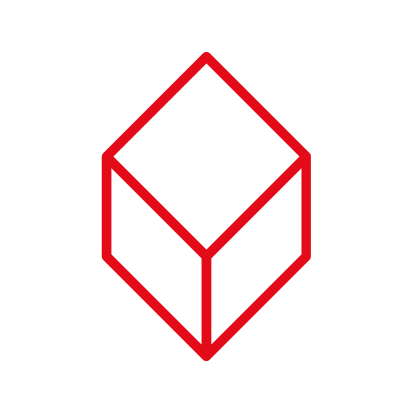Clustering can be used for analysing and organising material gathered from qualitative research, e.g. data derived from Observations, Interviews, Photo Safari and Workshops. (If needed search for Field work methods)
By organizing and re-organizing data material the students get better acquainted with their research material, a dialog arises about what has been seen and o interpret it, and when categories are formed there might arise new connections and new insights.
Clustering is very suitable for group work, because the research material is visually represented, which facilitates an overview of the research material in the whole group. Another important benefit from clustering is the dialogue that happens during the exercise, which should support the collaborative process of interpreting data and obtaining shared understanding in the group.
The output of the exercise is an overview of categories/themes that the students can continue to work on in their projects. After the exercise you could couple the exercise with e.g. the methods How might we…? or Challenge Map.
(Or couple with a search for methods for Field work, Problem definition or Idea generation)


